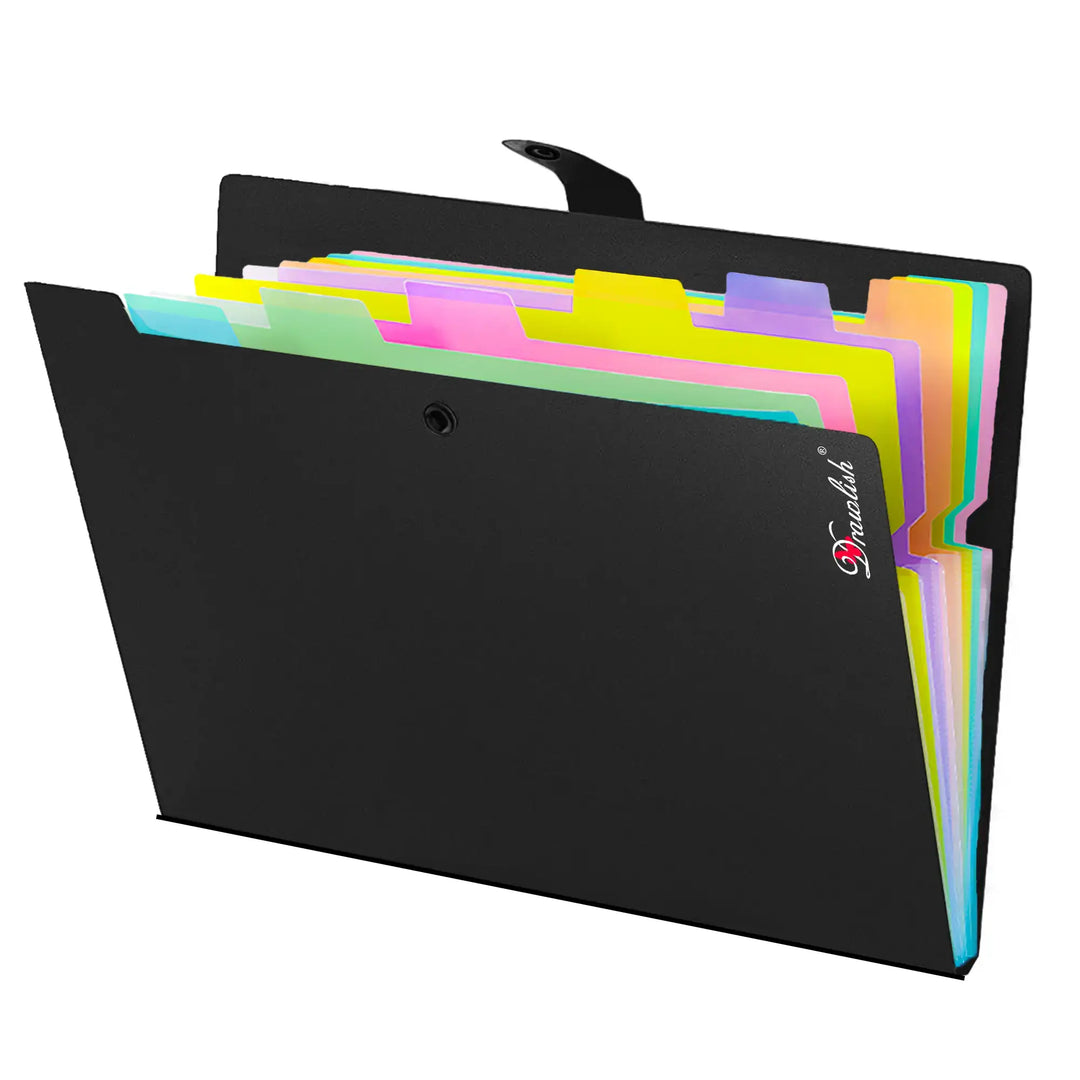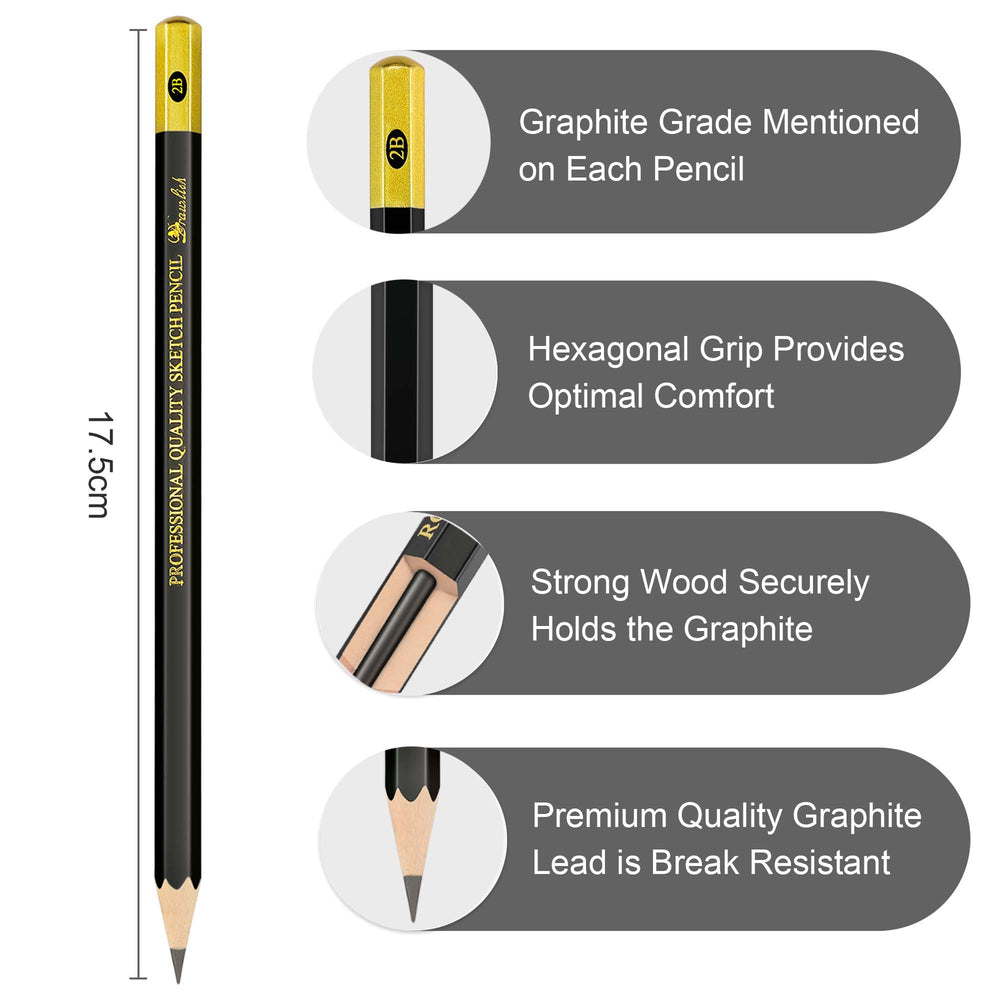How Long Does Acrylic Paint Take to Dry?
Acrylic paint, beloved by artists for its versatility and vibrant colors, has a unique drying process that varies depending on several factors. If you're wondering how long it takes for acrylic paint to dry, the answer isn't straightforward, as it depends on a combination of the paint's properties, the environment, and the techniques you use. Let's dive into the details to understand the drying time of acrylic paint and how you can manage it for your artistic needs.
Understanding Acrylic Paint
Acrylic paint is a fast-drying paint made of pigment suspended in an acrylic polymer emulsion. It's water-soluble when wet but becomes water-resistant once dry. This unique characteristic makes it a favorite among artists who enjoy its quick drying time and durability.

Factors Affecting Drying Time
| Factors Affecting Drying Time | Description | Estimated Drying Time |
| Thickness of Application | The thickness of the paint layer significantly influences drying time. Thin layers or washes dry much faster, often within a few minutes, while thicker applications, such as those used in impasto techniques, can take hours or even days to dry completely. |
Thin Layers: Approximately 10-20 minutes. Thick Layers: Several hours to a few days. |
| Environmental Conditions |
The environment plays a crucial role in the drying process. Factors like temperature, humidity, and air circulation can speed up or slow down the drying time. Temperature: Higher temperatures accelerate drying, while lower temperatures slow it down. Humidity: Lower humidity levels speed up drying, while high humidity can prolong it. Air Circulation: Good ventilation helps the paint dry faster. |
Varies based on surface type |
| Type of Acrylic Paint |
Different types of acrylic paints have varying drying times. Standard acrylics dry quickly, while slow-drying acrylics, also known as open acrylics, are formulated to remain workable for a longer period. |
Standard Acrylics: Typically dry within 10-20 minutes for thin layers.
|
| Surface and Absorbency | The surface you're painting on also affects drying time. Non-porous surfaces like glass or plastic prevent the paint from absorbing, causing it to dry more slowly. In contrast, porous surfaces like canvas or paper absorb the paint, leading to quicker drying. | Varies based on surface type |

Techniques to Manage Drying Time
Managing the drying time of acrylic paint is crucial for achieving the desired effects in your artwork. Here are some techniques to help you control the drying process:
| Using Retarders | Retarders are additives that slow down the drying time of acrylic paint. By mixing a retarder with your paint, you can extend the working time, allowing for more blending and detailed work. |
| Spritzing with Water | Spritzing your palette or painting surface with water can keep the paint moist for longer. This technique is especially useful for preventing paint from drying out while you're working on detailed sections. |
| Palette Moisture Control | Using a stay-wet palette helps maintain the moisture of the paint on your palette. These palettes typically have a damp sponge layer underneath a disposable palette paper, keeping the paint workable for extended periods. |
| Environmental Control | Adjusting the environmental conditions in your workspace can also help manage drying time. Using a humidifier in dry climates or working in a cooler room can slow down the drying process, giving you more time to work with the paint. |
Dry to Touch vs. Fully Cured
When we talk about drying time, it’s crucial to distinguish between two stages:
- Dry to Touch: This means a soft film has formed on the surface, and water will no longer dilute the paint. Acrylics usually achieve this stage within 5 to 30 minutes.
- Fully Cured: While acrylics dry quickly, they continue to cure over time. A painting fully cures in about 24 hours, becoming more durable and stable.

Drying Stages of Acrylic Paint
Understanding the drying stages of acrylic paint can help you plan your artwork and layering techniques effectively.
| Drying Stages of Acrylic Paint | Description | Estimated Time |
| Surface Dry | Dry to the touch but may still be wet underneath | 10-20 minutes for thin layers |
| Partial Dry | Dry to the touch, started to cure but not fully hardened | Few hours |
| Fully Dry | Completely dried and cured, water-resistant | Up to 24 hours or more for thick layers |
Techniques for Speeding Up or Slowing Down Drying
| Techniques for Speeding Up Drying | Description |
| Thinner Layers | Apply thin coats for quicker drying |
| Warm Environment | Keep your workspace cozy to speed up drying |
| Hairdryer | Use on low heat for instant results |
| Techniques for Slowing Down Drying | Description |
| Retarders | Add a few drops to your paint to extend drying time |
| Wet Palette | Keep your palette moist to slow down the drying process |
| Spritzing with Water | Mist the surface to slow drying |

Drying Times for Popular Acrylic Paint Brands
Different brands of acrylic paint have varying drying times due to their unique formulations. Here are average drying time of the brand Drawlish:
Drawlish (Artist Grade): Drawlish acrylic paints are known for their high viscosity and smooth consistency, making them ideal for various surfaces. They typically dry to the touch within 10-20 minutes for thin layers and up to 1 hours for thicker applications.
Disclaimer: The drying times mentioned are approximate and can vary based on specific conditions.

Acrylic paint’s quick drying time is one of its greatest advantages, allowing artists to work efficiently and layer colors without long waits. By understanding the factors that influence drying time and using the right techniques, you can control the drying process to suit your artistic needs. Whether you want to speed up or slow down the drying time, there are plenty of methods to achieve your desired results.
In this blog “Is Acrylic Paint Waterproof? Act Now to Save Your Art!”, we explain that while acrylic paint is water-resistant, it isn’t entirely waterproof. To enhance its water resistance, applying a waterproof sealant or varnish over the dried paint layer is crucial. This additional information will be also helpful, so do check it out.







Leave a comment